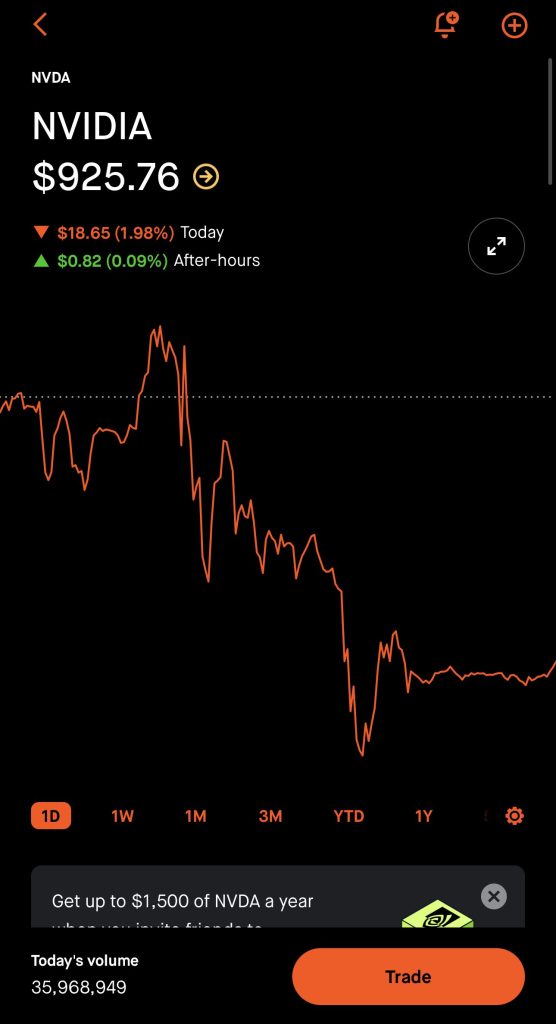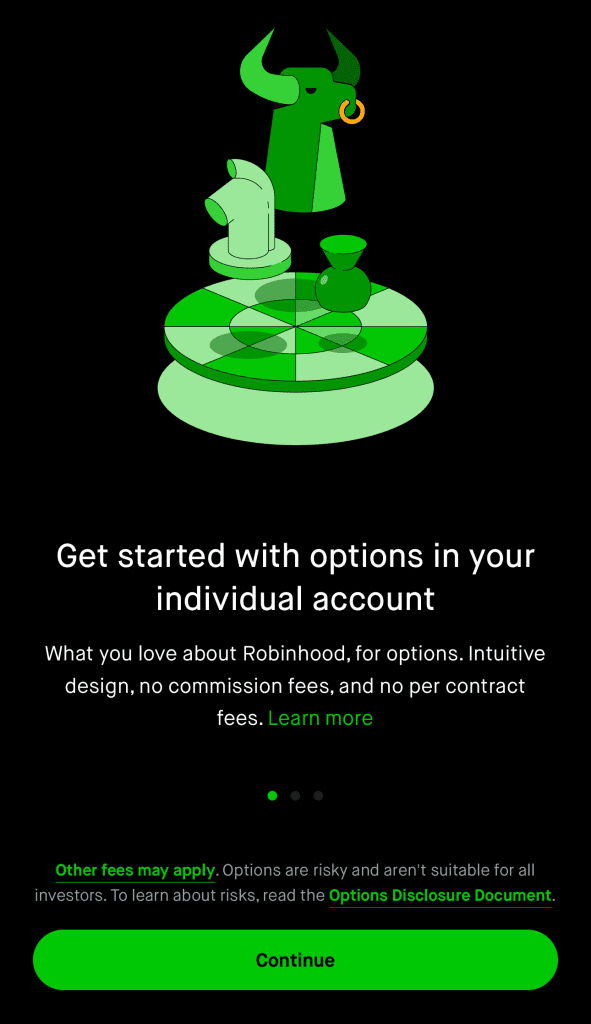Table Of Content
Can You Short a Stock on Robinhood?
Robinhood does not allow traditional short selling, but investors can replicate short exposure through put options or inverse ETFs.
To short a stock indirectly on Robinhood, traders must understand these alternatives, assess risks, and use strategic order types to manage downside bets effectively within platform limitations.
How to Short a Stock on Robinhood Indirectly?
Since Robinhood doesn't allow short-selling, using put options may be your best approach. Here's how to make it:
1. Choose/Explore the Asset
Before initiating any short strategy, it’s essential to study the asset’s downside potential. Look for overvalued stocks with weak earnings, deteriorating fundamentals, high debt levels, or sector-wide headwinds.
Also, review short interest data, which indicates how many traders are betting against the stock. A stock with high short interest may signal downside risk—but can also lead to a short squeeze, so proceed with caution.
Use Robinhood’s charting and news tools to analyze recent price action.
Check liquidity levels—thinly traded stocks can be volatile and hard to exit.
Tools like Yahoo Finance or Finviz help reveal valuation metrics and bearish trends

2. Starting the Trade with Put Options on Robinhood
Robinhood doesn’t support direct short selling, but you can profit from a stock’s decline by buying put options. Search for the stock you want to bet against, then tap “Trade Options.”
Choose a put option with an expiration date that aligns with your thesis. Consider selecting a strike price near or slightly in the money for a higher delta and faster response to price drops.
Focus on options with sufficient volume and open interest to ensure smooth entry and exit.
You don’t need a margin account to buy puts, but options approval is required.
The cost of the trade (the premium) reflects market volatility and sentiment—no borrow fees apply, but time decay (theta) matters.

3. Place and Monitor the Put Option
Once you’ve selected the right put, place a limit order to avoid overpaying during volatile periods.
After the trade is filled, monitor the stock’s price action and news catalysts. Timing is crucial since you profit when the stock drops below the strike price plus your premium paid.
Use Robinhood’s price alerts to stay updated on movements or breaking news.
Keep a close eye on theta decay, especially as expiration nears—if the stock moves sideways, your put may lose value.
Consider setting a stop-loss or profit target in your trade plan to manage your risk.
Be aware of earnings reports, product launches, or macro news that may reverse the trend unexpectedly.
Be Cautious: How Puts Are Different Than Short Selling
While both put buying and short selling aim to profit from a stock’s decline, they differ significantly in risk, mechanics, and cost structure.
Limited Risk vs. Unlimited Risk: Buying a put option limits your maximum loss to the premium paid, while short selling exposes you to unlimited loss if the stock price rises sharply.
Time-Sensitive vs. Open-Ended: Put options have expiration dates. If the stock doesn’t drop enough by then, your option can expire worthless. In contrast, short positions can be held indefinitely (though with ongoing borrow fees).
No Margin Required to Buy Puts: Buying a put on Robinhood doesn’t require margin or borrowing stock. Short selling, however, needs a margin account and sufficient margin collateral.
No Borrow Constraints: With puts, you don’t have to worry about borrow availability or getting “bought in” like you do when shorting a hard-to-borrow stock.
Because of these differences, put options are often the safer and more accessible choice for retail investors looking to bet against a stock—especially on platforms like Robinhood that don’t offer traditional short selling.
Alternative Platforms for Short Selling
Since Robinhood doesn’t offer traditional short selling, traders looking for more direct exposure to falling stocks can consider platforms that do.
Broker | Annual Fees | Best For |
|---|---|---|
E-Trade | 0% – 0.35%
0% on stocks and ETFs in self directed brokrage, 0.35% for Core Portfolio Robo Advisor
| Options & Futures Trading |
Interactive Brokers | 0% – 0.75%
$0 online commission on U.S. listed stocks and ETFs, Options: $0.15 – $0.65 per-contract, Futures: $0.25 – $0.85 per-contract. For Interactive Advisors: asset-based management fees of 0.10% to 0.75% | Professional Trading Tools |
Fidelity | 0% – 1.04%
Fidelity Go® Robo advisor: $0: under $25,000, 0.35%/yr: $25,000 and above
Fidelity® Wealth Management dedicated advisor: 0.50%–1.50%
Fidelity Private Wealth Management® advisor-led team: 0.20%–1.04%
| Retirement Account Investing |
Vanguard | Up to 0.30%
$0 online commission on U.S. listed stocks, mutual funds and ETFs, options: $0.65 per-contract, Vanguard Digital Advisor – 0.015%, Vanguard Personal Advisor: 0.03%, Vanguard Personal Advisor Select: up to 0.03%, Vanguard Wealth Management: up to 0.03% | Low-Cost ETF Investors |
J.P. Morgan Self Investing | $0
$0 online commission on U.S. listed stocks and ETFs and $0.65 per-contract | Chase Bank Customers |
Charles Schwab | Up to 0.80%
$0 online commission on U.S. listed stocks, mutual funds and ETFs, options: $0.65 per-contract, Schwab Intelligent Portfolio – 0%, Schwab Intelligent Portfolios Premium – One-time planning fee: $300 + Monthly advisory fee: $30, Schwab Wealth Advisory: up to 0.80% | Advanced Trading Tools |
Merrill Edge | 0.45% – 0.85%
0.45% for Merrill Robo Advisor (Guided Investing), 0.85% for Investing With An Advisor | Bank of America Clients |
These brokers provide advanced tools, margin accounts, and better access to shortable shares.
Interactive Brokers: Known for its low margin rates and global reach, IBKR offers one of the largest shortable stocks lists. Traders can view real-time borrow availability and rates.
Charles Schwab: Supports short selling with solid research tools and no account minimums. It's user-friendly for both beginner and experienced traders.
TradeStation: Offers detailed short locate tools and customizable order execution. It’s popular among technical traders who need direct market access.
Webull: Allows short selling with competitive rates and modern UI. Great for mobile-first traders, but margin requirements apply.
These platforms offer what Robinhood doesn’t—true short selling with professional-grade tools.
